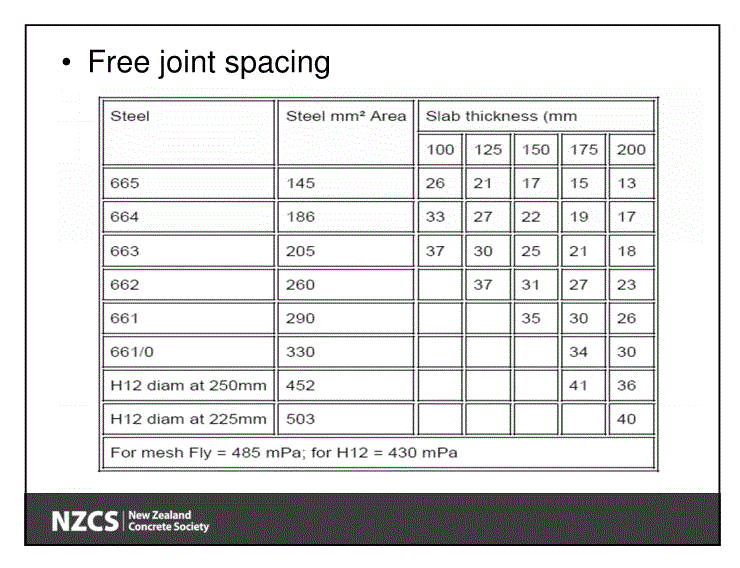Samwise Gamgee
Structural
- Oct 7, 2021
- 113
I remember the area of steel required for SOG is As = FLw / (2 x fs). Can anyone provide the reference page for this in ACI 360R-06. Or was this something in the previous version of ACO 360R ?
Follow along with the video below to see how to install our site as a web app on your home screen.
Note: This feature may not be available in some browsers.


![[lol] [lol] [lol]](/data/assets/smilies/lol.gif) just jokin'), unless you are doing a joint free floor. 0.14% is way too low... should be 0.5% or 0.6%.
just jokin'), unless you are doing a joint free floor. 0.14% is way too low... should be 0.5% or 0.6%.

